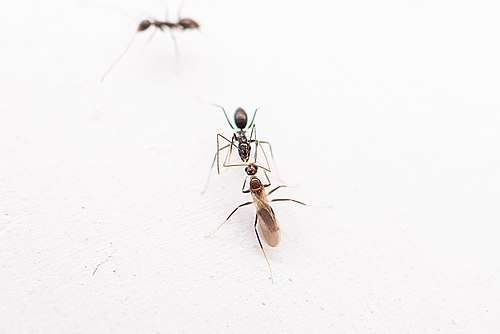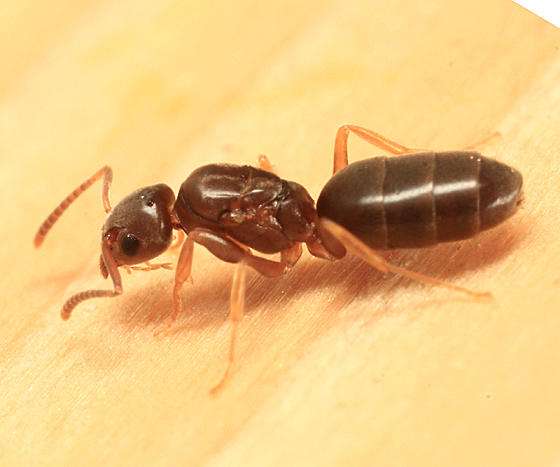
Distribution
The majority of Paratrechina species are indigenous to Sub-Saharan Africa and Madagascar. This only species outside of these locations is which humans have spread throughout the world’s tropical regions.
Diet and Nest
It manages the Homoptera, which produces honeydew, and is a general scavenger. Nests are found under ground-level objects, piles of dry litter, or mulch.
Morphology
Workers
On the pronotum and mesonotum, but not the propodeum, they also exhibit erect macrosetae. The mesosoma’s mesonotal and metanotal sutures, which divide those bodily sections into discrete segments, are always deep and complete. These sutures help to differentiate Paratrechina from the genera Paraparatrechina, Prenolepis, and Zatania, which are all very closely related. These deep and complete sutures are also present in Euprenolepis, Nylanderia, and Pseudolasius, which together make up a clade.

Reproductives
Males and queens of the Paratrechina genus have not been described for any other species and are only known from Paratrechina longicornis. When compared to those of closely adjacent genera, the males of Paratrechina longicornis are considerably different. Males of Paratrechina longicornis have substantially shorter, more robust parameres than those of Prenolepis and Zatania. The parameres are particularly distinctive among the males of the Prenolepis genus-group because they also exhibit a greater dorsal position and curvature.
Larvae: The larvae of Paratrechina longicornis in the relevant instars often have a smaller total body size than those of Nylanderia species. Paratrechina longicornis larvae also exhibit great variety in head setation patterns but little variation in mandible form.
Table





